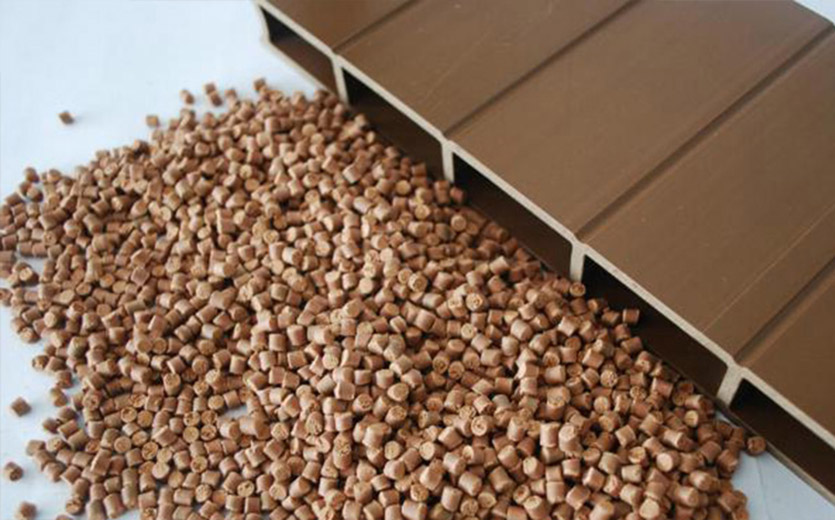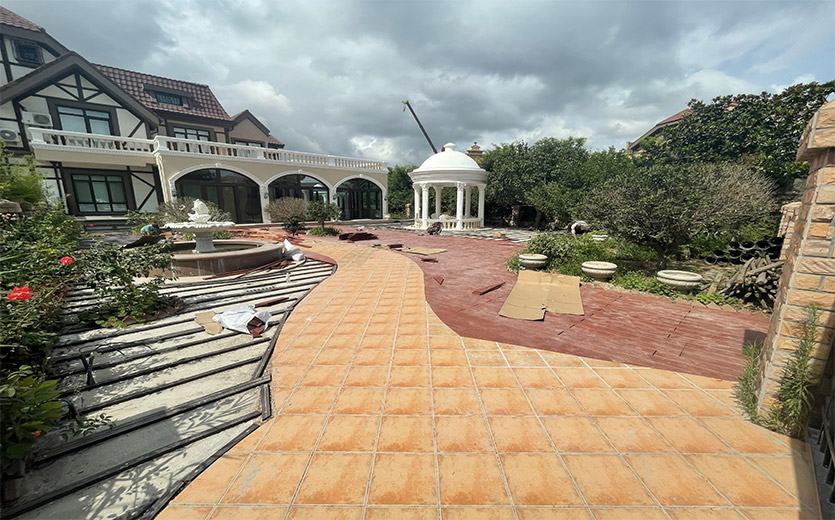
A lot of people have been asking me why you say COOWIN® WPC products are better than our competition. Well, the key is the formula. The formula used for COOWIN® WPC ensures high quality and brings durable products to our customers for years to come.
What Exactly Is the Advantage of Our WPC Formula?
50% Wood Fiber+38% HDPE+12% Additives. The mixture ratio mostly seen for the WPC formula is 60% Wood Fiber+30% Plastic+10% Additives. Our competitors would increase the portion of wood fibre, reduce the use of plastic and additives, and some even add lime powder so as to reduce the cost.
Our wood powder comes from poplar, a type of hardwood. Hardwoods have better performance in resisting impact, compared to other softwoods, such as bamboo and rice husk powder. Cases show that decking boards made of bamboo or rice husk powder are more likely to get mouldy than those made of hardwood powder.

The percentage of HDPE in our product reaches 38%. A high proportion of HDPE makes better integration with wood powder. Some manufacturers would try to reduce the cost by decreasing the content of HDPE. As to the quality, the HDPE we use is from high-quality items, such as bottle caps, which are considered the raw material for WPC products with the best performance, while some manufacturers use ordinary LDPE, usually from the bottle body. The HDPE we adopt has the best tensile strength, surface hardness, and rigidity.
The percentage of additives in our products is 12%, higher than our competition. High content of additives makes the product more resistant to moisture, UV, and elements. In addition, for customers with special requirements, we offer customized formulas, adjusting the percentage of certain additives, for instance, we can double the anti-UV agent.
How Does the Fomula Matter?
The key elements in a formula for WPC products are Ash Content, Moisture, and Particle Size.
Ash Content
If the ash content is too high, the water absorption rate, thermal expansion, and contraction will increase, resulting in a product prone to the elements, with a shorter lifespan.
Moisture Rate
A high moisture rate will cause the density to increase, resulting in increased cost.
Wood Particle Diameter
The bigger the wood particles the rougher the surface. It’ll also be under a high risk of failing integration if the wood particles are too big. Large wood particles will also cause the moisture rate to rise and make the material prone to mould. Fine wood particles can help decrease the moisture rate and make the surface smoother, yet the downside is that they’ll affect the toughness, impact strength, and bending strength, and make the product easy to break when in use.

With more than 21 years of constant trials and errors, our optimal solution has been established. With this standard, we can have a product with a reduced density, high bending strength, and longer lifespan.




Post a Comment